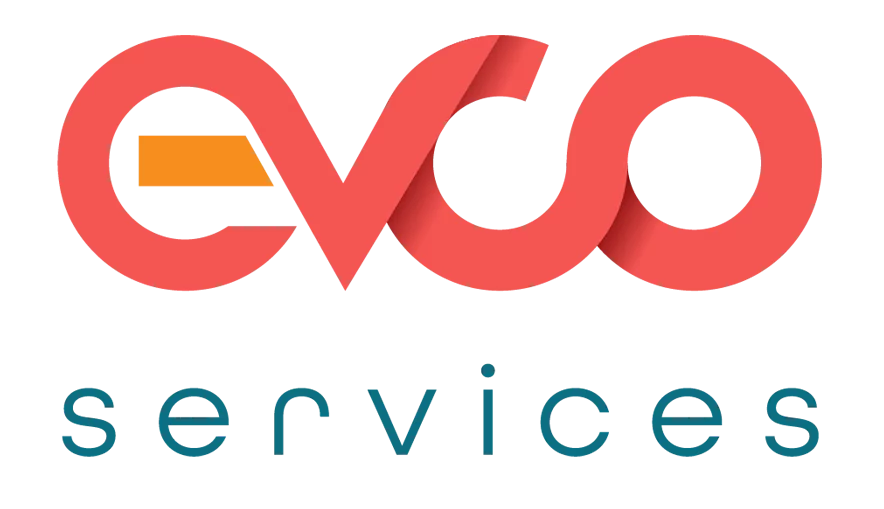Publish Date:4/1/25

Delivering Successful Technology Projects
When Henry Ford famously said, “If I had asked people what they wanted, they would have said ‘faster horses,’” he highlighted a fundamental challenge in product design and innovation. Customers often struggle to articulate needs beyond what they already know or use. In the realm of technology projects, this gap between what customers think they want and what they actually need can lead to issues such as scope creep, underwhelming outcomes, and missed opportunities for true innovation.
Let's dive into why understanding the Henry Ford problem is critical for delivering successful technology projects, especially when customers might ask for what they already have. We will also explore the common mistakes that businesses make and practical solutions to maximise the customer experience.
The Henry Ford Problem in Context
The so-called “Henry Ford problem” describes a situation in which customers’ requests are shaped by their current experiences and known solutions. Rather than envisioning new possibilities, they focus on incremental improvements to existing solutions. This is not because they lack ambition or imagination, but because it is human nature to rely on familiarity.
When businesses or technology providers simply deliver what customers ask for, they might fall into the trap of making small tweaks rather than driving substantial progress. This can be particularly detrimental in technology projects, where rapid innovation and disruptive ideas are common.
Why This Matters
- Missed Opportunities: By fixing immediate pain points with incremental adjustments, businesses can miss out on transformative changes that could set them apart from competitors.
- Inefficient Resource Use: Limited thinking can lead to half-measures. If a project does not address deeper or emerging needs, more resources will be needed later to correct the course.
- Underwhelming User Adoption: When solutions only provide minor enhancements rather than meaningful improvements, users are less likely to adopt them enthusiastically.
Understanding Customer Mindsets
Customers often have day-to-day responsibilities that keep them focused on immediate problems. They are not always thinking about emerging technologies or best practices in software development. Their request for “faster horses” is not a lack of intelligence; it is simply a reflection of their point of reference.
The Role of Human Nature
- Comfort Zone: Most people gravitate towards what they know. Suggesting something radically different or new may initially feel risky or complex.
- Fear of Change: Change often implies disruption, training, and a temporary drop in productivity. Customers may be hesitant to adopt unfamiliar solutions unless they see a clear benefit.
- Short-Term Thinking: Businesses frequently focus on fixing urgent issues rather than preparing for future challenges or evolving market demands.
The Need for Translating Requirements
Technology providers and consultants have an essential role in translating customer desires into solutions that not only meet immediate needs but also anticipate the future. This can involve reading between the lines, asking probing questions, and aligning recommendations with the organisation’s broader strategic goals.
Common Mistakes and Pitfalls
Taking Customer Requests at Face Value
While listening is crucial, blindly accepting every customer request can lead to scope creep or a product that is too narrowly focused. This approach can stifle innovation and produce short-lived solutions that need significant rework later.
Insufficient Stakeholder Engagement
Relying solely on one department or a small group of end-users can create a product that does not reflect the wider organisational context. This mismatch often results in low adoption rates and the realisation that more features or changes are needed.
Underestimating Resistance to Change
Even the best solutions can fail if users are not prepared or willing to embrace them. Organisations might overlook the importance of change management, training, or phased rollouts, leading to frustration and limited uptake.
Focusing on Features Over Outcomes
When teams obsess over feature lists rather than the ultimate goals, projects can become bloated with functionality that does not solve real problems. This not only confuses users but also wastes valuable development time.
Lack of a Long-Term Vision
Some businesses view technology projects as quick fixes without considering how these investments integrate into their long-term strategy. This short-sighted approach can lead to repeated overhauls or incompatible systems down the road.
Practical Solutions for Overcoming the Henry Ford Problem
Conduct Thorough Discovery Sessions
Take the time to understand the customer’s business processes, pain points, and strategic objectives. Use interviews, workshops, and surveys to gather perspectives from diverse teams. These insights will help you identify unmet needs that go beyond the immediate request.
Educate Stakeholders on What is Possible
Sometimes, customers do not know what is technologically feasible. Show them case studies, prototypes, or demos that illustrate new capabilities. When they can see a concrete example, they are more likely to embrace innovative solutions.
Co-Create Solutions
Rather than presenting a fully formed product, involve customers in the ideation phase. Conduct brainstorming sessions or design sprints where end-users collaborate with developers or consultants. This joint approach ensures that the final product is grounded in user needs while allowing room for creativity.
Ask “Why” Instead of “What”
Instead of asking what feature the customer wants, dig deeper by asking why they need it. Understanding their end goals helps you design a solution that addresses root problems rather than just superficial symptoms.
Adopt an Agile Mindset
Agile methodologies encourage iterative development, rapid feedback, and the flexibility to pivot if needed. This approach helps teams deliver smaller increments of value quickly, validate assumptions, and adjust course before investing heavily in the wrong direction.
Implement Change Management Strategies
No matter how ground-breaking a technology solution is, it will not succeed without proper adoption. Offer training sessions, user guides, and a support structure to ease the transition. Celebrate small wins and highlight how the new solution improves daily workflows.
Align Technology with Business Strategy
Ensure every feature or module in your technology project maps to a business objective, whether it is cost reduction, revenue generation, or improved customer satisfaction. This alignment keeps the project on track and clarifies its purpose for all stakeholders.
Plan for Future Growth
Technology evolves rapidly. Even if a request seems relevant now, it may become obsolete in the near future. Design systems with scalability and flexibility in mind. This might involve choosing modular architectures or cloud-based platforms that can adapt to emerging requirements.
Ensuring a Seamless Experience
Communicate Early and Often
Regular Updates: Provide consistent updates on progress, challenges, and next steps. This transparency builds trust and allows customers to provide timely feedback.
Clear Documentation: Maintain accessible records of decisions, user stories, and technical details. If misunderstandings arise, well-organised documentation can prevent miscommunication.
Involve the Right People
Cross-Functional Teams: Include representatives from different departments to get a holistic view of the organisation’s needs.
User Champions: Identify staff members who are enthusiastic about the project. They can act as advocates, helping to drive adoption and gather feedback.
Iterate and Improve
Testing and Validation: Conduct user acceptance testing, gather feedback, and refine the solution. Continuous iteration ensures the end product is genuinely user-friendly.
Lessons Learned: After deployment, hold retrospective sessions to identify what went well and what could be improved. Use these insights to inform future projects.
The Outcome
The Henry Ford problem remains a powerful lesson in technology projects. When customers only ask for what they already have, businesses risk missing opportunities for disruptive innovation and long-term value. Understanding this pitfall helps technology providers and consultants focus on uncovering true needs, educating customers about emerging possibilities, and designing solutions that align with strategic goals.
By conducting thorough discovery sessions, adopting an agile mindset, and implementing strong change management, it is possible to deliver solutions that go beyond “faster horses.” Emphasising communication, collaboration, and forward-thinking strategies not only meets customers’ immediate needs but also prepares them for future growth and evolution. In a competitive landscape, the ability to anticipate what customers really need—even when they do not know themselves—can be the difference between a merely adequate solution and a transformative one.






